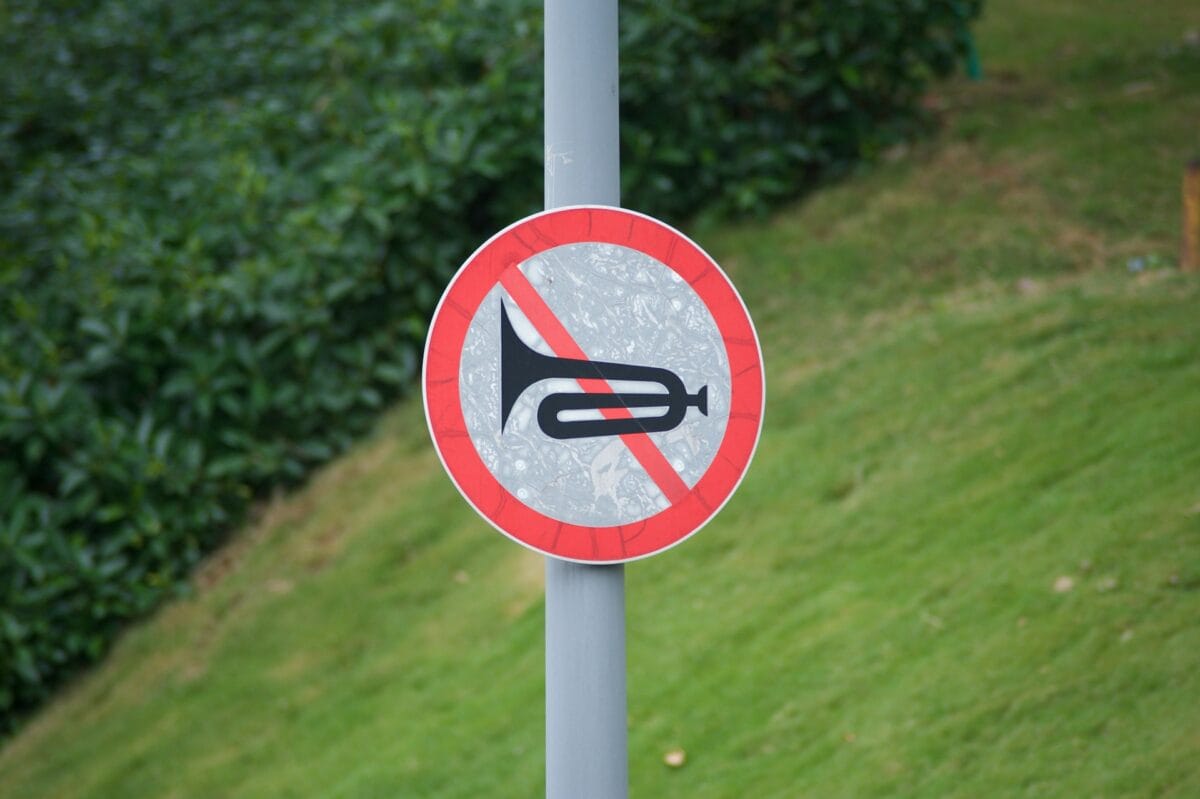All around the world, countries impose unique laws and bans. These might be for cultural reasons or preservation of historical sites, but some limitations land in the world of the unexpected. While they may seem normal in the country, even the most seasoned travelers can get tripped up. Check out these six weird banned things in countries around the world, and the reasons why.
6. Yellow clothing in Malaysia
Starting our list of banned things is yellow clothing in Malaysia. In 2015, the current Prime Minister of Malaysia, Najib Razak, was facing growing pressure from the Bersih movement. Pushing for electoral reforms and transparency during a major corruption scandal, the movement chose yellow as its official color. The streets were filled with yellow during several protests, and with the government unable to stop them, they banned the color yellow under the Printing Presses and Publications Act.
RELATED: 6 Weirdest Fashion Trends in History That Happened
5. GPS devices in China
Fifth on our list of banned things is GPS devices in China. Instead of a guidance tool, the Chinese government sees the technology as a security risk. While registered devices are allowed, unregistered devices are restricted and may be confiscated due to national security concerns. When traveling in the country, it may be best to stick to approved maps or devices.
4. Baby walkers in Canada
Next on our list of banned things is baby walkers in Canada. In recent years, baby walkers have been falling out of fashion, mostly due to concerns with delayed motor skills and increased injury risk in children using them. However, they are still sold worldwide, except in Canada, where they have been illegal since 2004. Deemed unsafe, if you’re caught selling one in the country, there may be fines of up to CAD 100,000.
CHECK OUT: The 6 Most Dangerous Jobs in History and Who Did Them
3. Chewing gum in Singapore
Rounding out the top three banned things is chewing gum in Singapore. The sticky substance, except for medicinal gum, has been banned in the country since 1992. Gum was banned to keep the streets clean and litter-free once Singapore became a global trading hub and had visitors littering and sticking gum between train doors. If you get caught, offenders can face a fine of up to 10,000 Singaporean dollars and a prison sentence.
ALSO READ: 7 Bizarre Ancient Currencies People Used
2. Camouflage clothing in the Caribbean
Second on our list of banned things in countries is camouflage in the Caribbean. Wearing the clothing in countries like Barbados, Jamaica, and St. Lucia can lead to fines or confiscation of the clothing. The reason for the law? Preventing confusion between civilians and military personnel that could turn into a dangerous situation. Tourists will want to make sure to leave their camouflage at home when traveling to the Caribbean.
1. Picnics in Venice, Italy
Last but not least on our list of banned things is picnics in Venice, Italy. While this may seem silly, this rule is essential in tourist-heavy areas like Venice. The ban is trying to avoid overcrowding and littering, so the historic sites remain clean and protected from damage. Instead, visitors can enjoy a meal in designated areas or local cafés and avoid possible fines.
CHECK OUT: 7 Weird Facts About Italy You Didn’t Know
